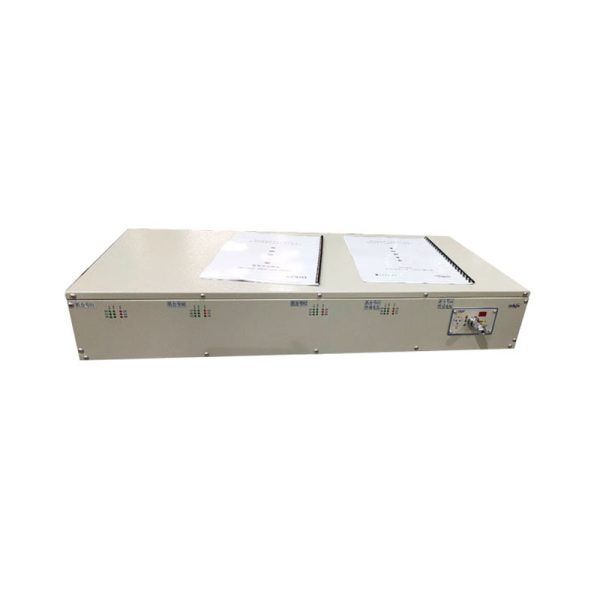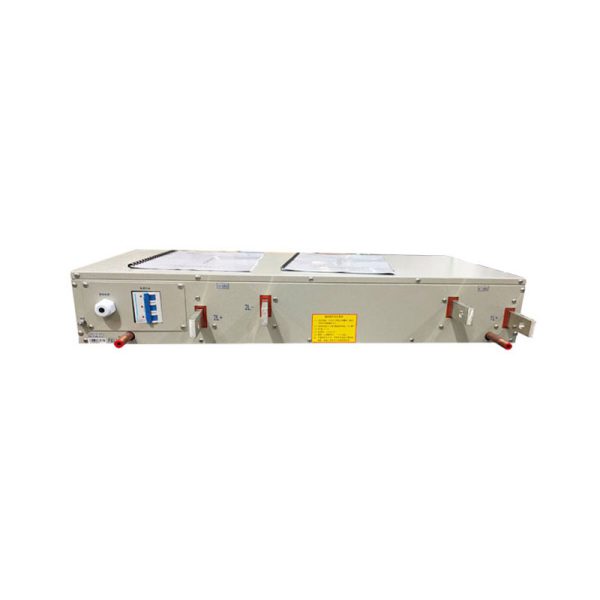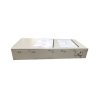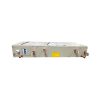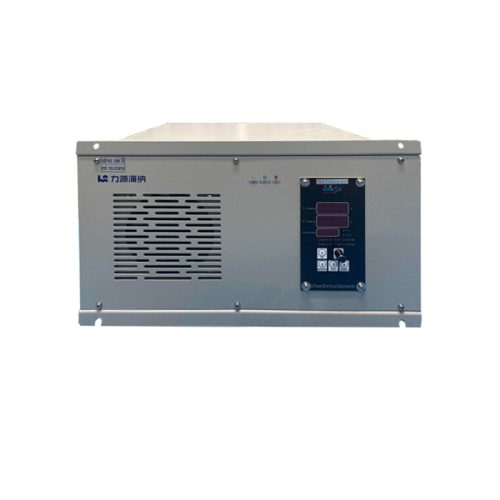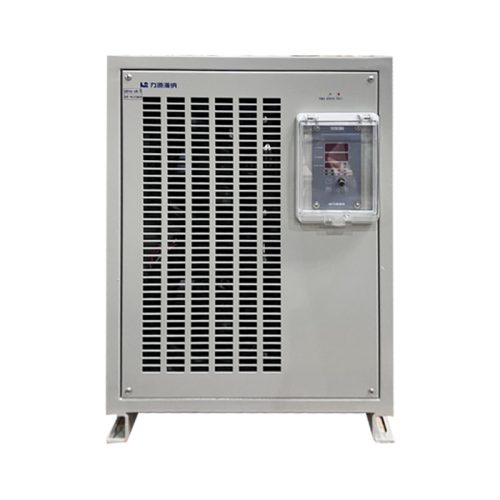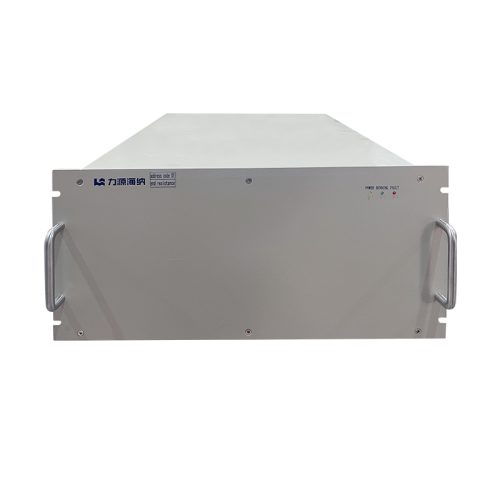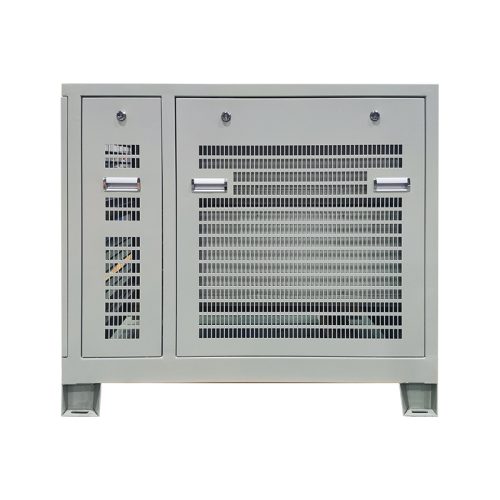» Product Description
PCB plating rectifier supply mainly includes high-frequency switching power supply, single pulse power supply, high-speed positive and negative pulse power supply, mainly pulse power supply and high-precision DC power supply. The market share of PCB electroplating power supply reaches 75%. Over the years, We have maintained good communication with high-end equipment manufacturers, brand potion manufacturers and end users. Many new technologies have been developed to improve the process quality and efficiency of PCB manufacturing from the aspects of power supply and equipment.
Liyuan PCB power supply has the comprehensive advantages of stable performance (sealing and structure), high efficiency (the highest efficiency can exceed 94%), high control precision, small size, all-new installation mode to reduce costs, improve electroplating uniformity, and optimize electroplating process.
In the PCB manufacturing process, electroless copper plating is an important step. It is widely used in the following two processes. One is plating onto bare laminate and the other is plating through hole, because under these two circumstances, electroplating cannot or can hardly be carried out. In the process of plating onto bare laminate, electroless copper plating plates a thin layer of copper on the bare substrate to make the substrate conductive for further electroplating. In the process of plating through hole, electroless copper plating is used to make the inner walls of the hole conductive to connect the printed circuits in different layers or the pins of the integrated chips.
» Product Applications
Manufacturers widely use electroplating rectifier equipment for various surface treatment applications, including PCB electroplating, hard chrome coating, copper plating, nickel plating, zinc plating, gold plating, tin plating, and silver plating, among other metal finishing.
1.Field application diagram:
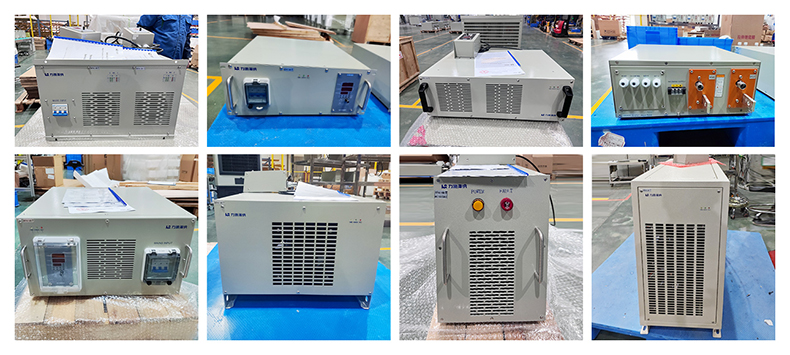
2.Industry application examples:
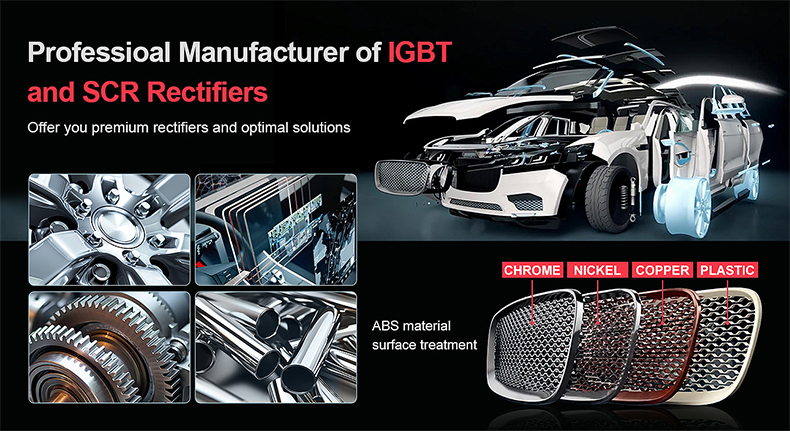
» Technology Advantages
› RS485 digital control function
› High power factor and high efficiency
› Reasonable structural design
› Only the radiator is in the air duct
› Effective sealing and isolation
› High protective properties
› Standard wiring and special wiring
› Practical and effective multiple protection system
› Full soft switching technology
› High reliability
» Role of electroplating
› Improve wear resistance,conductivity and reflectivity
› Improved corrosion resistance and improve aesthetics
› Characteristics of electroplating rectifier:
Good energy-saving effect;
High output stability;
The output waveform is easy to modulate;
Small size and light weight.
» Types of electroplating
› Copper Plating
Purpose: Enhances adhesion for subsequent layers and corrosion resistance.
Note: Prone to oxidation (forms non-conductive copper oxide/green patina). Requires protective coatings.
› Nickel Plating
Purpose: Used as a base layer or decorative finish; improves corrosion/wear resistance. Electroless nickel offers chrome-like durability.
Note: Magnetic properties limit use in electronics (e.g., DIN/N connectors) to avoid signal interference.
› Gold Plating
Purpose: Optimizes conductive contact impedance and signal transmission.
Key: High stability but costly.
› Palladium-Nickel Plating
Purpose: Superior signal transmission and wear resistance vs. gold.
Advantage: Combines palladium’s corrosion resistance with nickel’s hardness.
› Tin-Lead Plating
Purpose: Improves solderability.
Trend: Phased out due to lead concerns; replaced by bright/matte tin alternatives.
› Silver Plating
Purpose: Best conductivity and signal performance.
Note: Conducts even when oxidized but tarnishes over time. Higher cost.
Selection Criteria
Match plating type to application needs: corrosion/wear resistance, conductivity, cost, and environmental regulations.
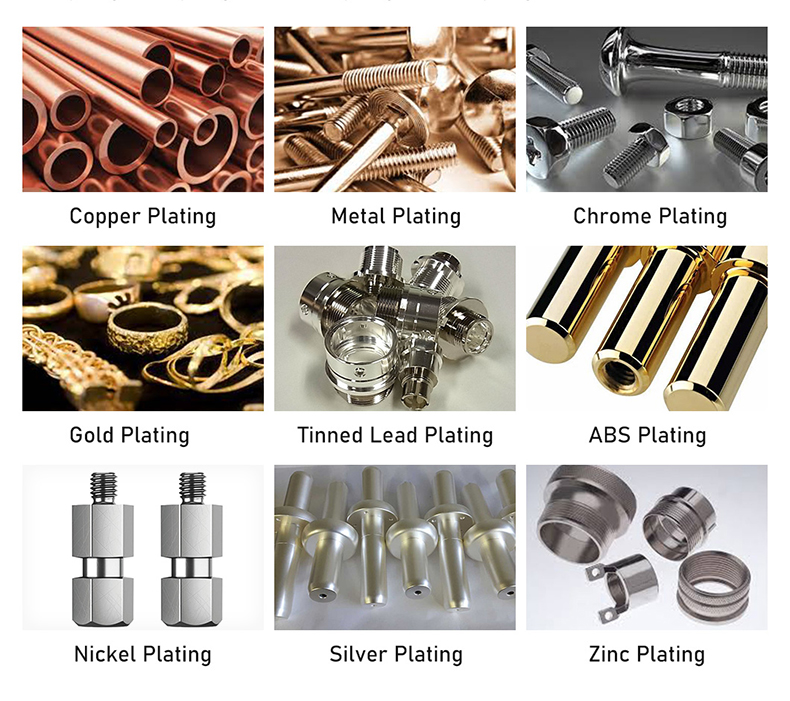
» Elements of Electroplating
› Cathode
The object to be plated (e.g., connector terminals or metal surfaces) where metal ions deposit into a solid coating.
› Anode
Soluble Anode: Made of the plating metal. Dissolves during electrolysis to replenish metal ions in the solution.
Insoluble Anode: Used for precious metals (e.g., white gold, iridium oxide). Does not dissolve but supplies electrons for reduction.
› Plating Solution
Contains ions of the target metal. Composition and concentration determine coating thickness, adhesion, and appearance.
› Plating Tank
Materials:Polypropylene and titanium alloys excel in harsh conditions with built-in corrosion and thermal stability, making them top picks for chemical-resistant or extreme-temperature applications.
Role: Stores solution and maintains stable plating conditions.
› Rectifier
Converts AC to DC power to drive electrolysis.
Adjust voltage/current to control deposition speed and coating thickness.
› Auxiliary Equipment
Filters: Remove impurities from the solution.
Heaters: Maintain solution temperature.
Stirrers: Ensure uniform mixing.
» Component Part for Electroplating
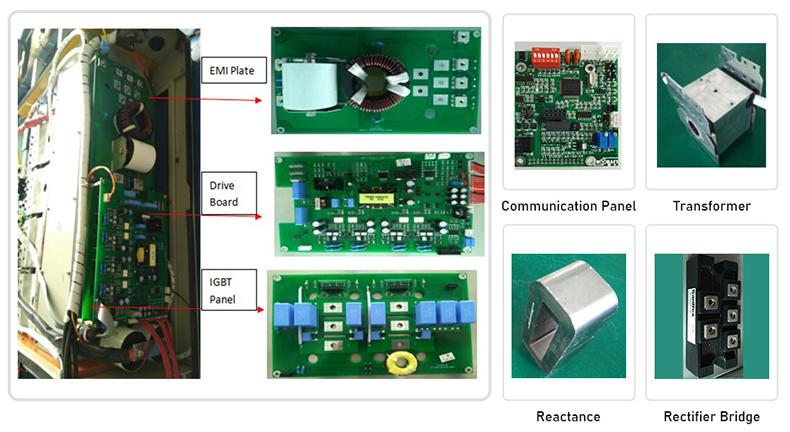
» Cooling Type for Electroplating
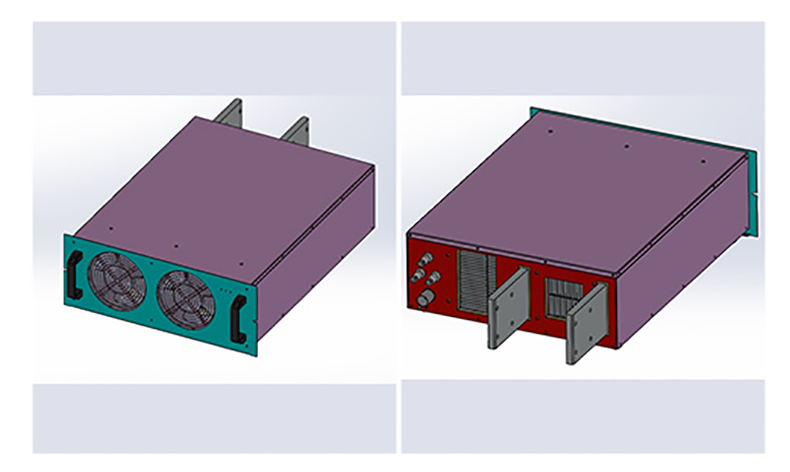
Air Cooling:Heat dissipation fan + air duct + comb heat sink
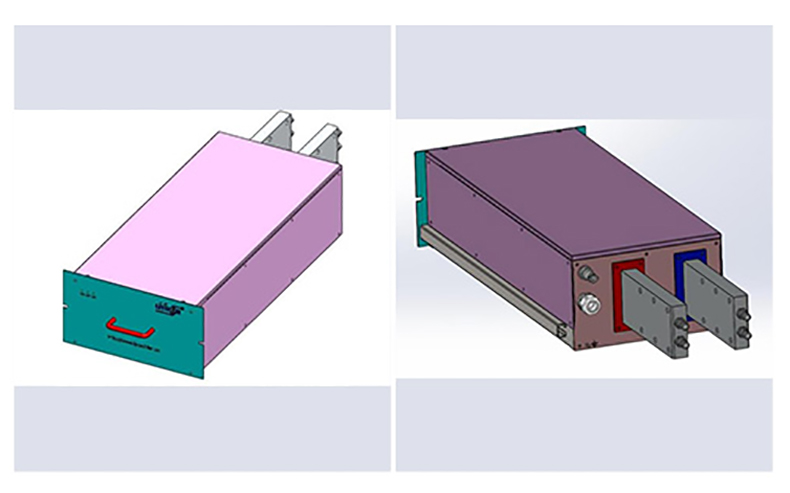
Water Cooling:Built-in water circulation line
» Technical Parameters
| Characteristic Types | Parameter Items | Technical Requirements |
| Power Types | Power types | High-frequency Power Supply |
| Model and specifications | TBSBZ-D2*(400A 25A)/5V | |
| Cooling mode | Water-cooled | |
| Switch tube type | IGBT | |
| Input Characteristics | Rated Input Voltage | Three-phase,AC380V±10% ,50HZ |
| Rated Input Power | 4.6KVA | |
| Rated Input Current | AC 7.0A | |
| Input Power Factor | COSΦ≥0.95 | |
| Output Characteristics | Output Voltage | DC 0~5V |
| Output Current | DC 0~400A 0~25A Dual output | |
| Stabilized Current Precision | ≤1% | |
| Stabilized Voltage Precision | ≤1% | |
| According to accuracy | 0.1A,0.01V | |
| Rated Output efficiency | ≥91% | |
| Environmental Conditions | Installation site | Indoor installations |
| Altitude | ≤2000 meters | |
| Ambient temperature | -20℃~40℃ | |
| Relative humidity | ≤90% | |
| Control Mode | Operating mode | PLC, ADDA, Ethernet, RS485 or RS232 |
| Weight | Net weight | About 30KG |
| External Dimension | Height*Width*Depth | H145mm×W800mm×D516mm |
| Protection Characteristics | With over voltage, over current, overload, short circuit,
overheating and other abnormal self-protection function |
|
» Solution
Liyuan will keep up with the world’s latest technology closely, and uphold the concept of providing customers with high-quality power supplies and professional integrated services.
With advanced design and rich experience in rectifier manufacturing, we will provide the best power solutions as well as the most stable and efficient power supply for users both at home and abroad.
» Technical Capability
LIYUAN rectifier is the most competitive brand in China
Company relies on strong technology research and development cooperation basis, created a number of advanced technology, in recent 3 years amounted to more than 30 to apply for a patent, which has nearly 10 patents of invention.
Equipped with the national electric power transformation and control engineering technology research center (branch), and has set up a loan enterprise academician workstation.
Strict implementation of ISO quality management system, and through the CE safety certification, has been implementing ERP management for many years, to achieve the network, systematic computer control, the formation of a standard, efficient modern management system.
» Qualification certification
Liyuan adhere to innovation and the continuous improvement of power conversion efficiency and product quality.
The increasing R&D investment every year, and cooperation with China’s well-known universities, we has established the research center of national electric power conversion and control engineering technology.
Especially the related core patents of high-power synchronous rectifier power supply, stay ahead of the whole industry in China.
The ISO 9001 quality management system has been fully implemented in Liyuan, including quality inspection of components in warehouse, production process inspection, and final product inspection.

We adopt advanced scientific quality management system and the most stringent testing methods in the whole process to ensure the stability and reliability of products.
» Service
› Packing
1.Small size rectifier packing in carton box separately.
2.Large size rectifier will be packed in wooden case.
3.We guarantee that all the packing is intact when it reaches its destination.
› Shipping
1.30-45 Days after payment.
2.Transport: DHL, FEDEX, UPS, Air shipping, Boat shipping
3.You may choose our shipping partner or your own partner.
› Maintenance
We are pleasant to share our theory and experience on equipment maintenance with users.
We are pleasant to interact with users to collect their tips and know-hows on equipment maintenance.
The module “Maintenance” here is intended to help users solve various problems they possibly encounter during equipment maintenance…
If you need other power electroplating rectifiers, we can custom design them according to customer requirements. Please contact us.
Are you looking for 5V 400A/25A dual output rectifier for PCB copper plating? Liyuan Haina Group is one of the professional manufacturers and suppliers in this field. With over 27 years of focus on R&D, design, production, sales, and technical services for industrial rectifiers, we have already exported our products to the United States, Canada, Britain, Italy, Spain, South Africa, Russia, the UAE, Japan, South Korea, Malaysia, and other parts of the world. Equipped with a productive factory, we warmly welcome you to purchase our high-quality, Made-in-China products at competitive prices or try our customized service.


